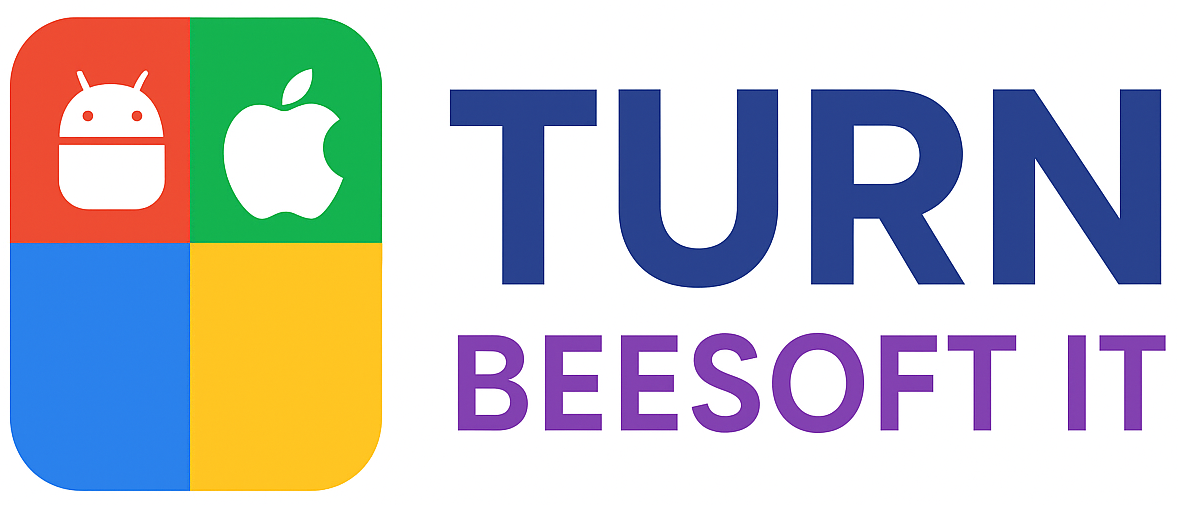The transfer of image files between different mobile operating systems, specifically from Android-based devices to iOS-based devices, is a common need for smartphone users. This cross-platform compatibility requirement stems from individuals using devices with distinct operating systems but needing to share visual content. The process involves employing various methods to overcome inherent system differences.
The ability to seamlessly move photographic data between these systems provides significant user convenience. It circumvents limitations imposed by platform exclusivity and enables wider distribution and accessibility of visual media. Historically, achieving this interoperability has required third-party applications or specific technical knowledge, but modern solutions aim for simplified and direct transfer mechanisms.
